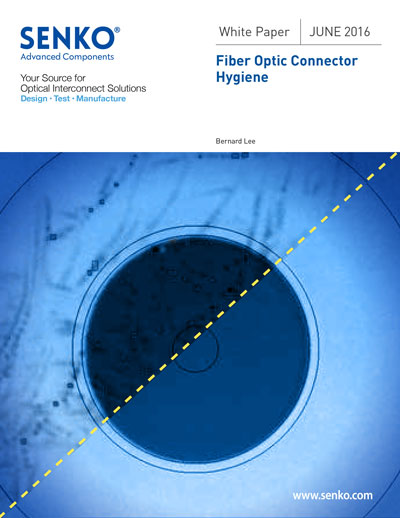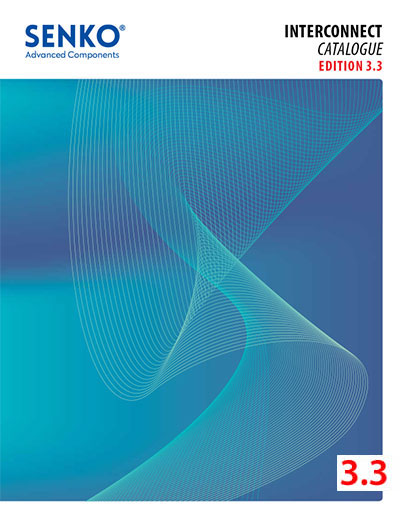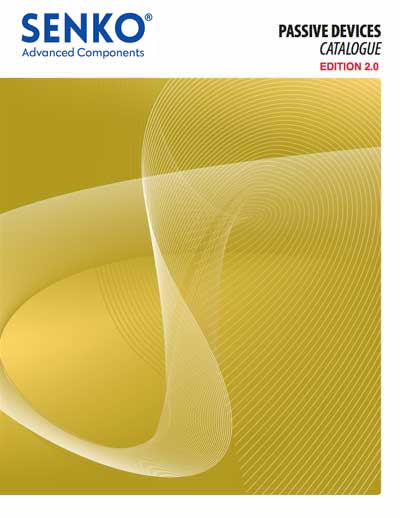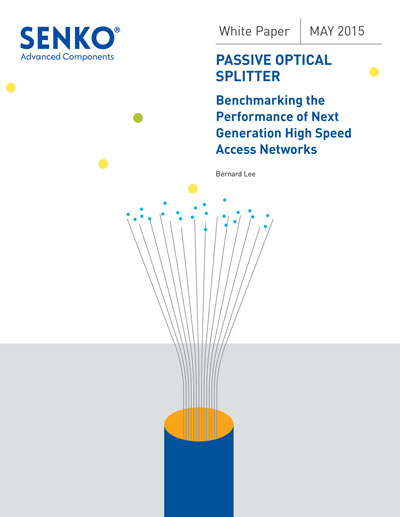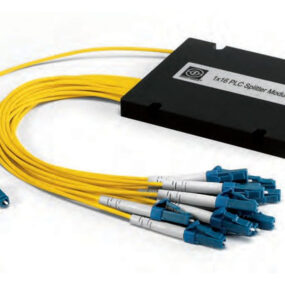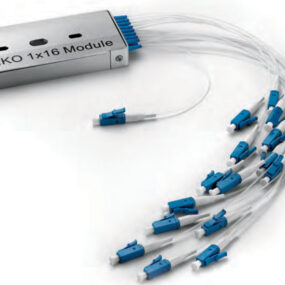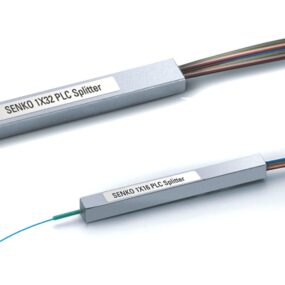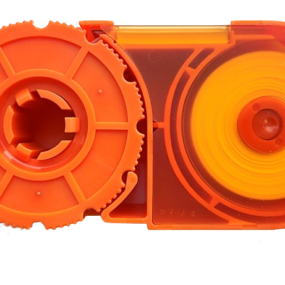Single-mode Fiber Coupler 1×2 (All Coupling Ratios)
SENKO’s Single-mode Fiber Couplers are highly stable for multi-port optical signal splitting with low insertion loss. All devices are qualified according to industry standard test procedures.
- RoHS Compliant
- Compact packaging
- Stable and Reliable performance
| PARAMETERS | VALUES |
|---|---|
| Operating Wavelength band 1 (nm) | Single Window—1310 or 1550 ± 40 |
| Operating Wavelength band 2 (nm) | Dual Windows—1310 and 1550 ± 40 |
| Operating Wavelength band 3 (nm) | Triple Windows—1310 and 1550 ± 40 and 1490 ± 10 |
| Insertion loss Max. (dB)¹² | See below Table |
| Return loss Min. (dB)² | 55 |
| Directivity Min. (dB) | 55 |
| PDL Max. (dB) | See below Table |
| TDL at -5~70°C Max. (dB) | 0.15 |
| Housing dimension | 250µm fiber 3.0mm (Ø) x 54mm (L) |
| 900µm tube 3.0mm (Ø) x 54mm (L) | |
| 2mm/3mm tube, ABS Box: 90mm(L)x20mm(W)x10mm(H) | |
| Fiber Type | SMF-28e 250µm bare fiber |
| Operating temperature (°C) | -40 ~ +85 |
| Storage temperature (°C) | -40 ~+85 |
| COUPLING RATIO | SINGLE WINDOW | DUAL WINDOW | TRIPLE WINDOW | |||
|---|---|---|---|---|---|---|
| IL (dB) | PDL (dB) | IL (dB) | PDL (dB) | IL (dB) | PDL (dB) | |
| 1/99 | ≤21.8/0.20 | ≤0.20/≤0.05 | ≤23.0/0.25 | ≤0.20/≤0.05 | ≤23.5/0.25 | ≤0.20/≤0.05 |
| 2/98 | ≤19.0/0.25 | ≤0.20/≤0.05 | ≤19.0/0.30 | ≤0.20/≤0.05 | ≤19.2/0.35 | ≤0.20/≤0.05 |
| 3/97 | ≤16.7/0.30 | ≤0.20/≤0.05 | ≤18.2/0.35 | ≤0.20/≤0.05 | ≤18.4/0.40 | ≤0.20/≤0.05 |
| 5/95 | ≤14.5/0.45 | ≤0.20/≤0.10 | ≤15.0/0.45 | ≤0.20/≤0.10 | ≤15.2/0.50 | ≤0.20/≤0.10 |
| 10/90 | ≤11.2/0.65 | ≤0.15/≤0.10 | ≤11.3/0.65 | ≤0.15/≤0.10 | ≤11.5/0.75 | ≤0.15/≤0.10 |
| 20/80 | ≤7.80/1.25 | ≤0.15/≤0.15 | ≤7.85/1.25 | ≤0.15/≤0.15 | ≤7.95/1.50 | ≤0.15/≤0.15 |
| 30/70 | ≤5.80/1.9 | ≤0.15/≤0.15 | ≤6.00/2.00 | ≤0.15/≤0.15 | ≤6.20/2.10 | ≤0.15/≤0.15 |
| 40/60 | ≤4.50/2.60 | ≤0.15/≤0.15 | ≤4.70/2.70 | ≤0.15/≤0.15 | ≤4.90/2.80 | ≤0.15/≤0.15 |
Notes:
1. The specifications are not including connectors.
2. IL is worst case including PDL, TDL, and WDL.
3. WDL means IL change over Single wavelength band. Only for each window band, not including water peak band.
Network Monitoring
FTTx
Telecommunications




The fused biconical taper structures exhibits lower losses, allows arbitrary branching ratios, has polarization independence, and a broad range of operational wavelengths.
The standard coupling ratio options are 1/99, 2/98, 3/97, 5/95, 10/90, 20/80, 30/70 and 40/60 at wavelength options of 1310nm, 1550nm, 1310/1550nm and 1310/1490/1550nm wavelengths.
Splitters are common in telecommunication, network monitoring and FTTx applications. The WMD fused links are used in telecommunication and LAN applications.

